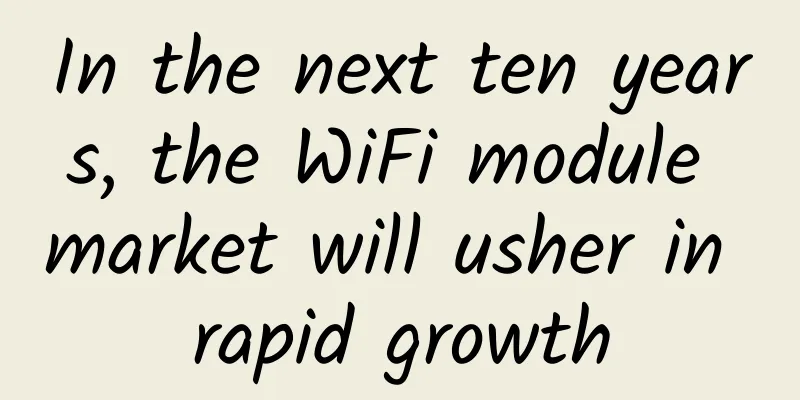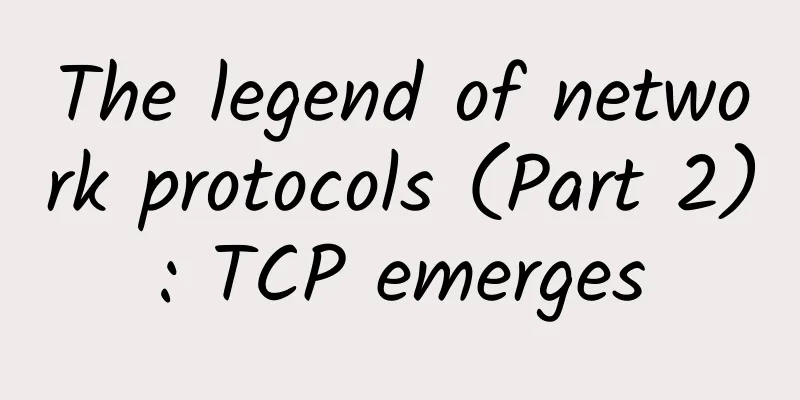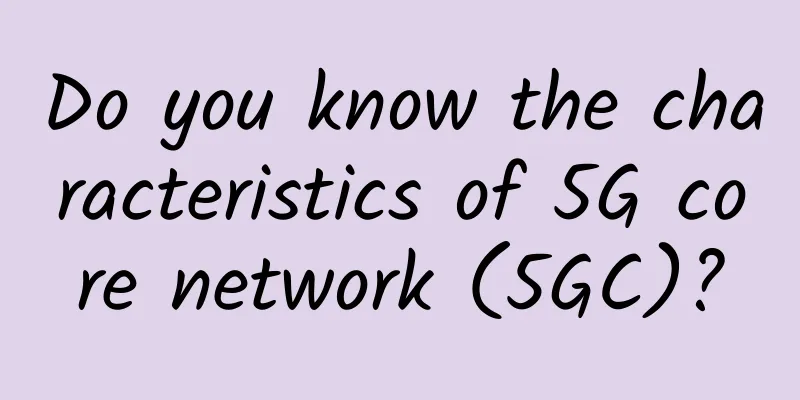5G development, spectrum first--Interpretation of the "Future Spectrum Initiative"

|
On February 28, at the GTI International Industry Summit, GTI, as an important platform for international TD-LTE industry cooperation, released its 2016 work results to global partners. The Future Spectrum Initiative, as an important work result of GTI, has attracted widespread attention in the industry. Next, let's take a look at the Future Spectrum Initiative with the editor!
As we all know, spectrum resources are a scarce and important resource. The mobile communications industry is one of the important industries that rely on spectrum resources. "5G development, spectrum first". Spectrum resources are like "highways", which are the basis and channels for the transmission of voice and data "vehicles" in recent years. Therefore, the planning and allocation of spectrum resources are also an important prerequisite for promoting the research and development and commercial use of 5G technology. In recent years, the volume of mobile communication services has exploded. On the one hand, it is necessary to find solutions to the evolution of future technologies and system architectures; on the other hand, it is also necessary to release additional spectrum to support the increase in capacity of next-generation systems. This poses a severe challenge to spectrum resource management. In any case, increasing spectrum resources is the most direct and effective way to cope with the demand for increased traffic. To this end, the Future Spectrum Initiative puts forward four suggestions for future 5G spectrum planning, aiming to guide the unified division of global spectrum in the future and improve spectrum utilization efficiency. 1. Future network deployment requires a combination of high and low frequencies, so a comprehensive consideration is needed during network planning and design. The frequency bands below 6GHz have obvious advantages in wide coverage, while the frequency bands above 6GHz have ultra-high performance in providing traffic and backhaul for 5G. Therefore, in the future network deployment, it is necessary to comprehensively consider the combination of high and low frequencies and do a good job in network planning and design. Recently, the Radio Spectrum Policy Group (RSPG) of the European Commission released the European 5G spectrum strategy, which comprehensively considered high and low frequencies and determined the spectrum for the initial deployment of 5G: the 3400-3800MHz frequency band is the main frequency band for 5G deployment in Europe before 2020; in terms of low frequency bands, the frequency bands below 1GHz, especially 700MHz, will be used for 5G wide coverage; in terms of high frequency bands, the frequency bands above 24GHz are potential frequency bands for 5G in Europe. 2. Considering the industry development and the large available bandwidth, the C band is recognized as the golden band of the future At the ITU World Radiocommunication Conference 2015 (WRC-15), a new global unified frequency allocation for IMT was approved, among which the 3400MHz-3600MHz of the C band was upgraded to the unified frequency of IMT in ITU Regions 1 and 2, and the number of countries that have designated this band as IMT frequency in Region 3 has further increased; the 3300MHz-3400MHz band has been designated as IMT frequency by 45 countries around the world; and the 4800MHz-4990MHz band has been designated as IMT frequency in some countries. The high international recognition and the large available bandwidth of the C band itself make it a golden band for the future deployment of 5G. This also plays an important role in promoting the global unified planning of the 3.5GHz band. At present, China, South Korea and Europe have all planned the 3.5GHz band as 5G spectrum. 3. In terms of millimeter wave, we strongly call for unified planning of the 24.25-27.5GHz and 37-43.5GHz frequency bands around the world According to statistics, the peak rate of 5G can reach 20Gbps, which is 20 times that of 4G. In order to meet the ultra-high peak rate of 5G, higher requirements are placed on the spectrum bandwidth. The continuous large bandwidth characteristics of the high frequency band just meet this demand. Considering that the 24.25-27.5GHz and 37-43.5GHz bands have lower frequencies and larger continuous bandwidths, the article strongly calls for the realization of global unified planning of the above two bands to improve spectrum utilization efficiency. At present, the 24.25-27.5GHz band has been clearly listed as a potential 5G spectrum in Europe, and the 37-43.5GHz band has been mentioned in the spectrum planning of the United States and Europe. 4. To make spectrum usage more flexible, it is recommended that hardware equipment support the ability to upgrade from LTE to 5G through software upgrades, thereby maximizing the reuse of network infrastructure and reducing investment costs. Currently, some operators have doubts about the use of 3.5GHz spectrum. Should they use it for 4G or wait for 5G? The Future Spectrum Initiative believes that hardware reuse can greatly simplify the technology selection problem of 4G or 5G on the spectrum. The article strongly recommends Massive MIMO (massive antenna technology) and suggests that in the future, hardware equipment such as 4G base stations can be reused in 5G only through software upgrades, realizing smooth evolution from 4G to 5G, greatly reducing operators' investment costs, and making spectrum use more flexible. |
<<: What will be the future of the Internet after the heyday?
>>: 5G meets WiFi on a narrow road, walking hand in hand in a friendly way
Recommend
WeChat Android version 7.0.21 beta version update: audio and video editing component breakpoint resume, optimized performance
According to netizens’ reports on November 18, We...
Building the future: How ICT can help develop livable cities
With the steady acceleration of global urbanizati...
In-depth study of principles - TCP long connection and heartbeat keep alive
Preface Many Java programmers may only have a thr...
Why don’t we have more options for in-building connectivity?
2019 was a transformational year for the telecomm...
How can you explain in simple terms the difference between TCP/UDP protocols and HTTP, FTP, SMTP and other protocols?
Let's first assume that there is no TCP, or e...
Humans will have a "third brain" in the future, and 5G will speed up everything
"5G brings a lot of data, but the question i...
Top 7 web scraping tools for 2019
The Internet is constantly flooded with new infor...
LOCVPS: Hong Kong Confederation/Cloud VPS bandwidth upgrade, 20% off, 2GB memory package starting at 44 yuan per month
LOCVPS (Global Cloud) adjusted and upgraded the b...
5G - the future network technology for all applications
As 5G is being promoted and deployed around the w...
spinservers National Day promotion: 1Gbps unlimited traffic server from $99/month, 10Gbps unlimited traffic server from $599/month
spinservers is offering promotions for the Chines...
Friendhosting's 13th anniversary: 50% off on all VPS, 10 data centers with unlimited traffic, starting at 16 euros per year
Friendhosting has launched a promotion for its 13...
Seamless broadband experience: Unleashing the power of network services and infrastructure
Importance of Network Services Network services p...
Huawei OpenLab: An indispensable open cooperation platform for building an IT ecosystem
Normally, the labs we are talking about are labs ...
[11.11] LOCVPS: 30% off on all VPSs/50% off on some VPSs, 50 yuan bonus for 300 yuan top-up, KVM/XEN multiple computer rooms available
LOCVPS (Global Cloud) officially launched the Dou...
spinservers San Jose China Telecom Network VPS Simple Test
Some time ago, I shared the information about spi...









![[11.11] Hostons: AMD Ryzen+NVMe series VPS 50% off starting at $2/month, multiple data centers in Los Angeles/Salt Lake City/Portland, etc.](/upload/images/67cabd0fb889e.webp)